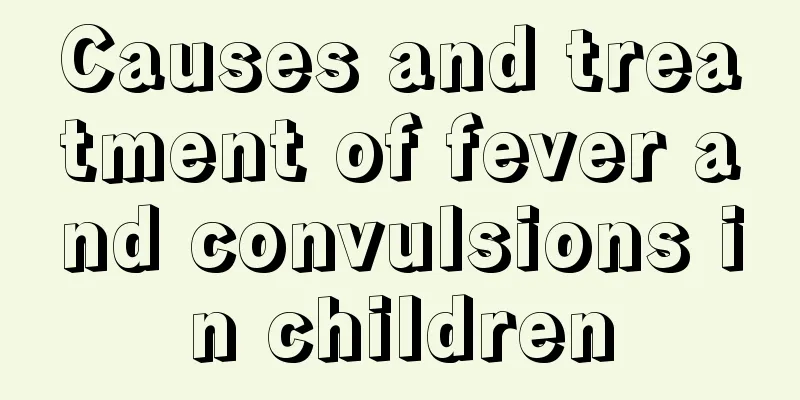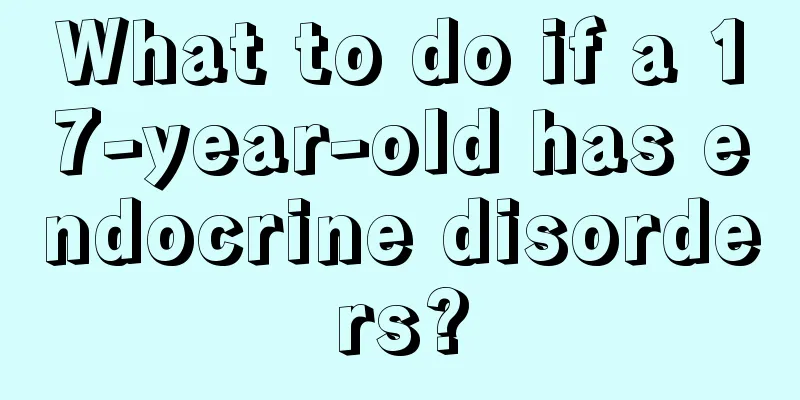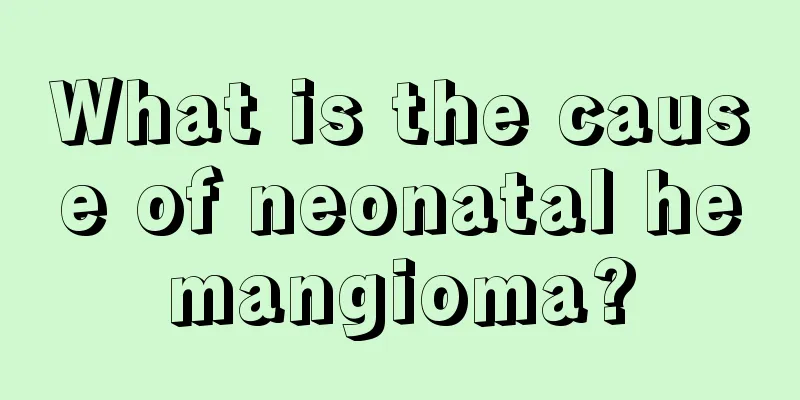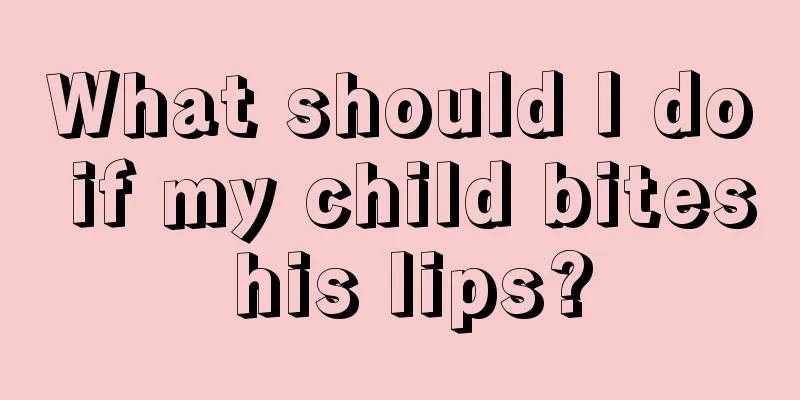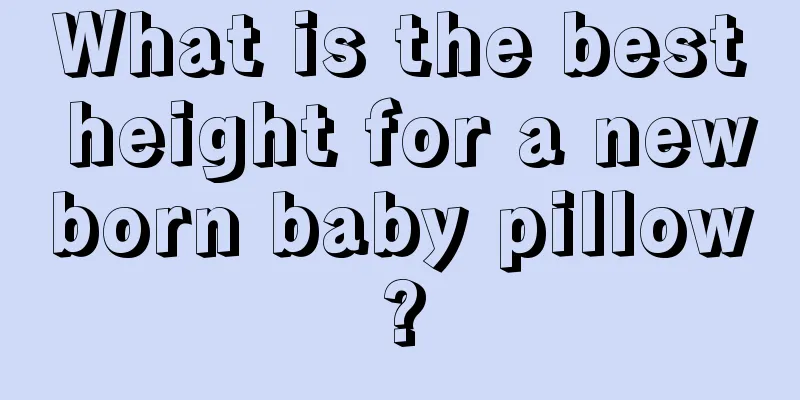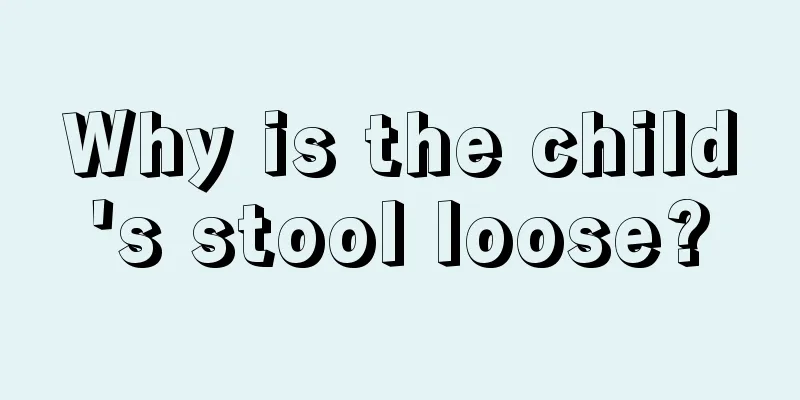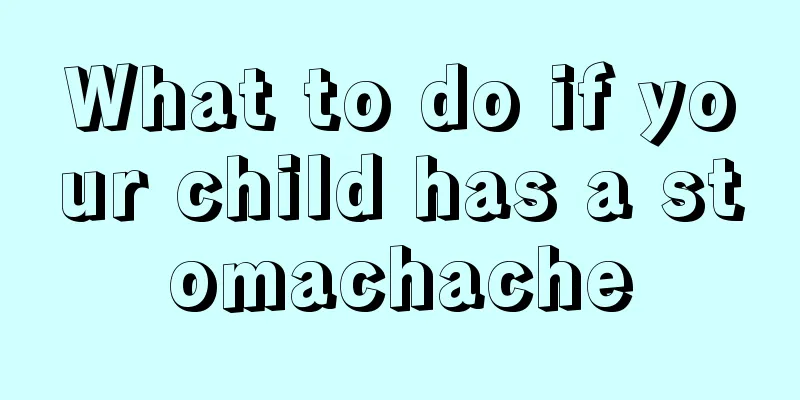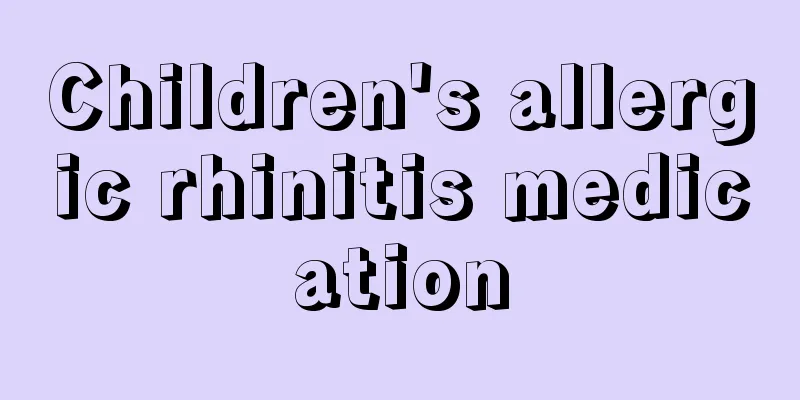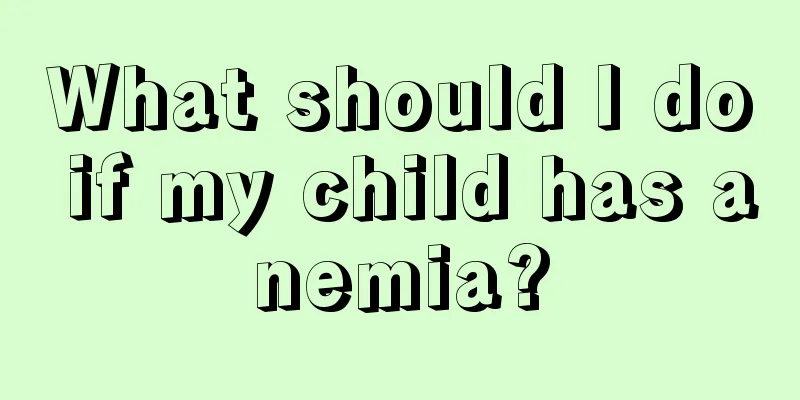What are the symptoms of a baby with high fever and convulsions?
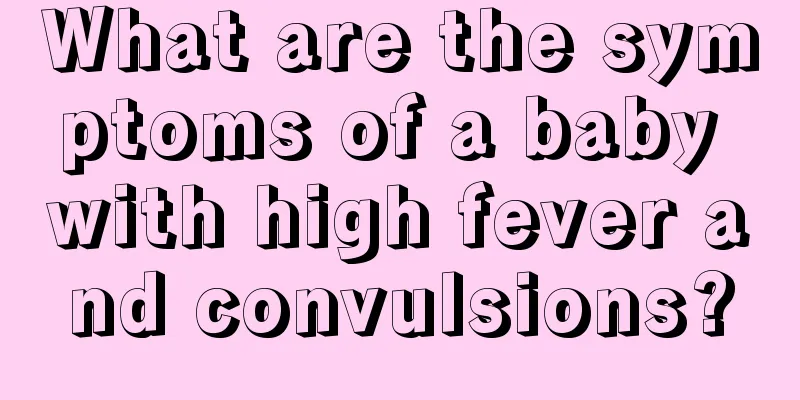
|
The mother's womb is a relatively healthy and safe environment where the baby grows and develops for up to ten months. Therefore, when the baby just comes into this world, the various organs of the body have not yet developed and completely lack the ability to resist bacteria. It is easy to be invaded by bacteria and cause some infectious diseases. Especially during the season change, it is common for babies to have high fever and convulsions, so it is necessary to understand the symptoms and causes of babies' high fever and convulsions. 1. What are the symptoms of a baby having a fever and convulsions? 1. Symptoms include systemic or local muscle convulsions shortly after the onset of high fever (body temperature above 39°C) or when the body temperature rises suddenly, with eyeballs staring, squinting, straightening or rolling up, accompanied by loss of consciousness. Breathing may stop for 1-2 minutes. In severe cases, the lips may turn blue, and incontinence may sometimes occur. Most patients experience only one attack during one fever. It takes about 3-5 minutes, and the elderly can take up to 10 minutes. 2. Simple febrile convulsion: more common in children with good physique between 6 months and 3 years old. The convulsion is systemic and lasts for several seconds to several minutes, usually not more than 10 minutes. It only occurs once a day. The child wakes up quickly after the convulsion and becomes drowsy after regaining consciousness, but there is no abnormality in the nervous system. The EEG results are normal within two weeks of the convulsion. 3. Complex febrile seizures: more common in children under six months old or over 4 years old, with multiple seizures in a day, lasting more than 15 minutes, and more than 4 febrile seizures. A small number of people have non-systemic seizures, but partial seizures (such as unilateral limb convulsions). After the attack, there are neurological abnormalities such as temporary paralysis. Electroencephalogram (EEG) within two weeks of the onset of seizures showed focal epileptic discharge changes. In addition, there is often a family history of epilepsy. 2. What to do if a child has high fever and convulsions
1. After a high fever convulsion occurs, parents should let the child lie on his side to avoid lying on his back. Also, do not give the child medicine after the convulsion to avoid suffocation. At this time, you should also unbutton the child's shirt so that the child can breathe smoothly. 2. Wrap some small medicine boxes with something like a handkerchief and have the child put them in his mouth to bite. This is to prevent the child from biting himself due to convulsions. Clean up your child's saliva immediately, especially the nose, to prevent choking. Keep quiet, do not stimulate the child, and do not move it around. 3. You can press the child's Ren Zhong, Hegu and Neiguan acupoints, and do some physical cooling for the child, and then go to the hospital for treatment after the child recovers a little. |
<<: Why do children have swollen eyes after waking up?
>>: What is groin pain in children?
Recommend
What are the benefits of a lunch break for children?
Children’s learning tasks are still quite heavy a...
What is the reason for the baby's high fever convulsions?
High fever and convulsions in babies are a diseas...
What to do if your nine-month-old baby has a dry cough
If your baby feels his throat is itchy, he will k...
What to do if your child grows too fast
Children nowadays generally suffer from precociou...
How to treat nausea and diarrhea in children?
The baby's nausea and diarrhea are mostly cau...
Causes of fever in children in August
It is very common for children to have fever and ...
Why does my baby’s toenails become thicker?
Sometimes mothers will find that their children&#...
Symptoms of Yin deficiency and hyperactivity of fire in children
If a child suffers from yin deficiency and excess...
What causes fetal hemangioma?
In the clinical practice of children's diseas...
What is the best treatment for rhinitis in children?
The best treatment for pediatric rhinitis is to c...
What to do if the baby girl's urethra is red
If there is a baby girl at home, parents must tak...
What to do if baby's head is flaky
Children are in the stage of growth and developme...
Children with high antistreptolysin
The physical health of children has always been t...
What are the symptoms of mycoplasma infection in children
Mycoplasma is extremely harmful to human health, ...
What to do if your child often has knee pain
It is the common wish of many families that every...
